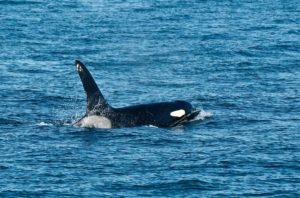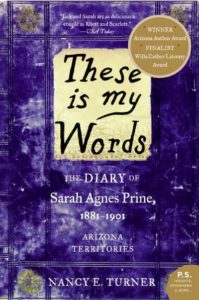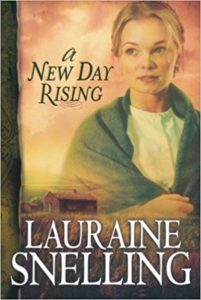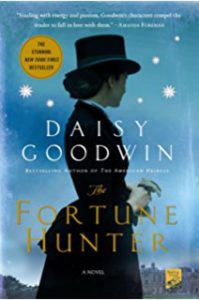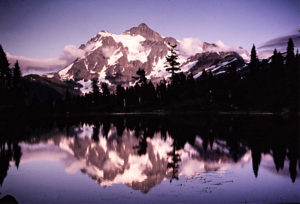
North Cascades: Mt. Shuksan
Wilderness camping appeals to our souls—to hear birds chirp, the owl’s hoot, the marmot’s whistle, and the rustle of something furry darting for cover. We long for the smell of fertile earth and pure, clean air. We crave to see mile after mile of dense forests punctuated with cascading waterfalls. We need to take a break from crowds and the modern conveniences of man. The allure of wilderness camping is fulfilled in the Mt. Baker-Snoqualmie National Forest in the North Cascades. There, in the Darrington Ranger District campgrounds, we can enjoy as much of a wilderness experience as possible while still close to access roads.
Camp Sites Galore
Many campgrounds in the Darrington Ranger District are dry camps with no source of drinking water and no garbage pickup. There are tables, campfire pits, and vault toilets. The campgrounds are usually less crowded and remote, often with spacious campsites.
Mountain Loop Highway
The gravel, winding Mountain Loop Highway offers splendid scenery and several primitive and secluded campgrounds. Towering stands of Douglas Fir, hemlock, and cedar offer resplendent forest panoramas. As you drive south from Darrington, Clear Creek is the first campground followed by Bedal.
Approaching the Mountain Loop Highway from Granite Falls and driving east, there are three fee site camping grounds which have drinking water and garbage pickup: Turlo, Gold Basin and Verlot. Other campgrounds dotted along the Mountain Loop Road are: Clear Creek, and Red Bridge. Group campgrounds, for which you must make reservations, are also along this stretch of road: Wiley Creek, Tulalip, Marten Creek, Esswine, Coal Creek and Beaver Creek and Boardman.
Hiking in the Wild
In addition to camping, the Mt. Baker-Snoqualmie National Forest offers 360 miles of hiking and horse trails in the three wilderness areas: Henry M. Jackson, Boulder River, and Glacier Peak. These hiking routes have all degrees of difficulty and length, from level, easy trails to exhilarating climbs to mountain peaks. Due to changing weather and trail conditions, it’s always a good idea to check in with the Darrington or Verlot offices for detailed information on the hike you plan to take.
Visitors Center, North Cascades National Park at Newhalem
The Visitors Center at Newhalem east on Highway 20 in the North Cascades National Park is definitely worth a stop. At the west end of Newhalem, turn south and cross the one-lane bridge. Outstanding displays are featured here with life-size pictures, videos, and models of animals and birds accompanied by the sounds of wildlife.
Detailed topographic maps on the lobby walls show the North Cascades National Park in its larger context. If you are in the Newhalem area, do stop by this popular Visitors Center to learn how wilderness is being managed for the benefit of wildlife and for those who visit it.
The North Cascades National Park Service complex, made up of North Cascades National Park, Ross Lake and Lake Chelan National Recreation Areas, emphasizes understanding and managing wilderness lands in the larger ecological context. By linking public lands such as the Stephen Mather Wilderness which adjoins over two million acres of U.S. Forest Service wilderness areas and British Columbia Parks, rare animals such as gray wolves and grizzly bears roam without regard to human boundaries. The goal of the custodian of these public lands is to preserve this area’s natural and cultural resources and to provide for their enjoyment by the public.
Wilderness can no longer be thought of in 1960’s terms of “A place untrammeled by man.” There is hardly a place on earth that has not felt the effects of human activities. We must now think of wilderness as a part of the natural world to which we all belong. We have the privilege of enjoying and experiencing these pristine and beautiful places along with the responsibility to preserve our precious wilderness for future generations.
Try camping and hiking in the wilderness sites in the North Cascades and feel your own soul stirring. Nature’s treasure is there for us to enjoy and appreciate. And to protect.
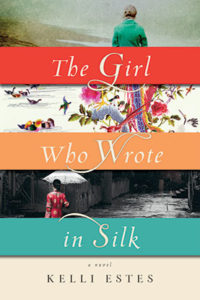 Kelli Estes has written a memorable novel, The Girl Who Wrote in Silk, a testament of the endurance of the human spirit.
Kelli Estes has written a memorable novel, The Girl Who Wrote in Silk, a testament of the endurance of the human spirit.

